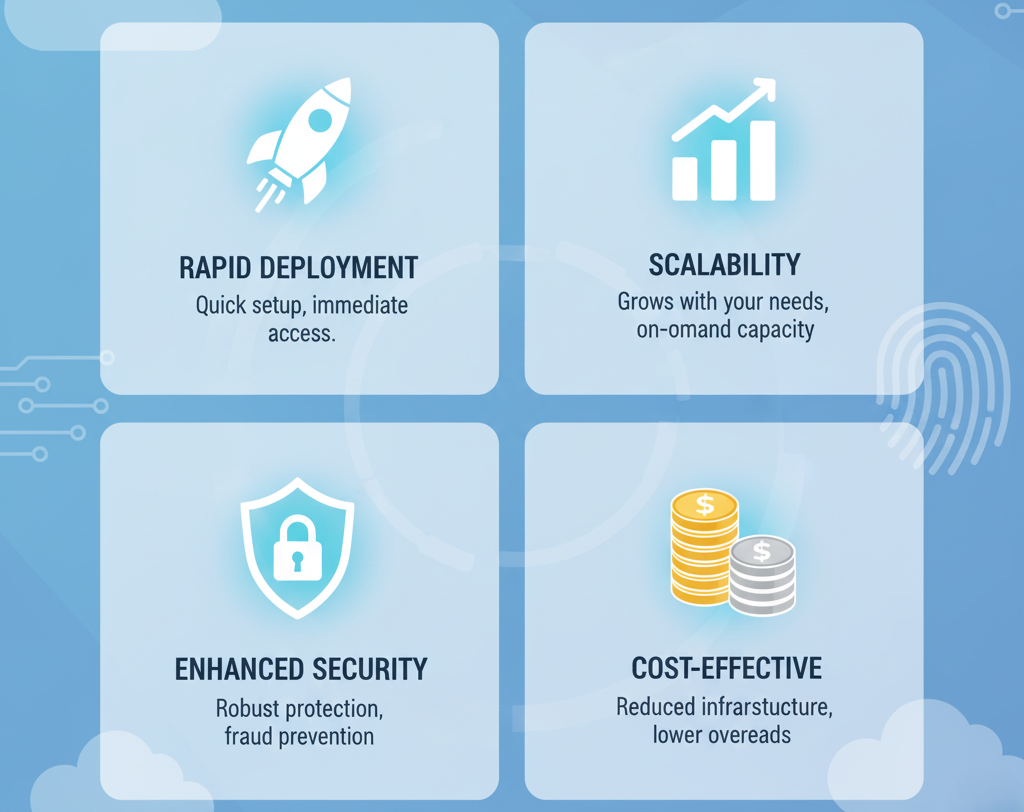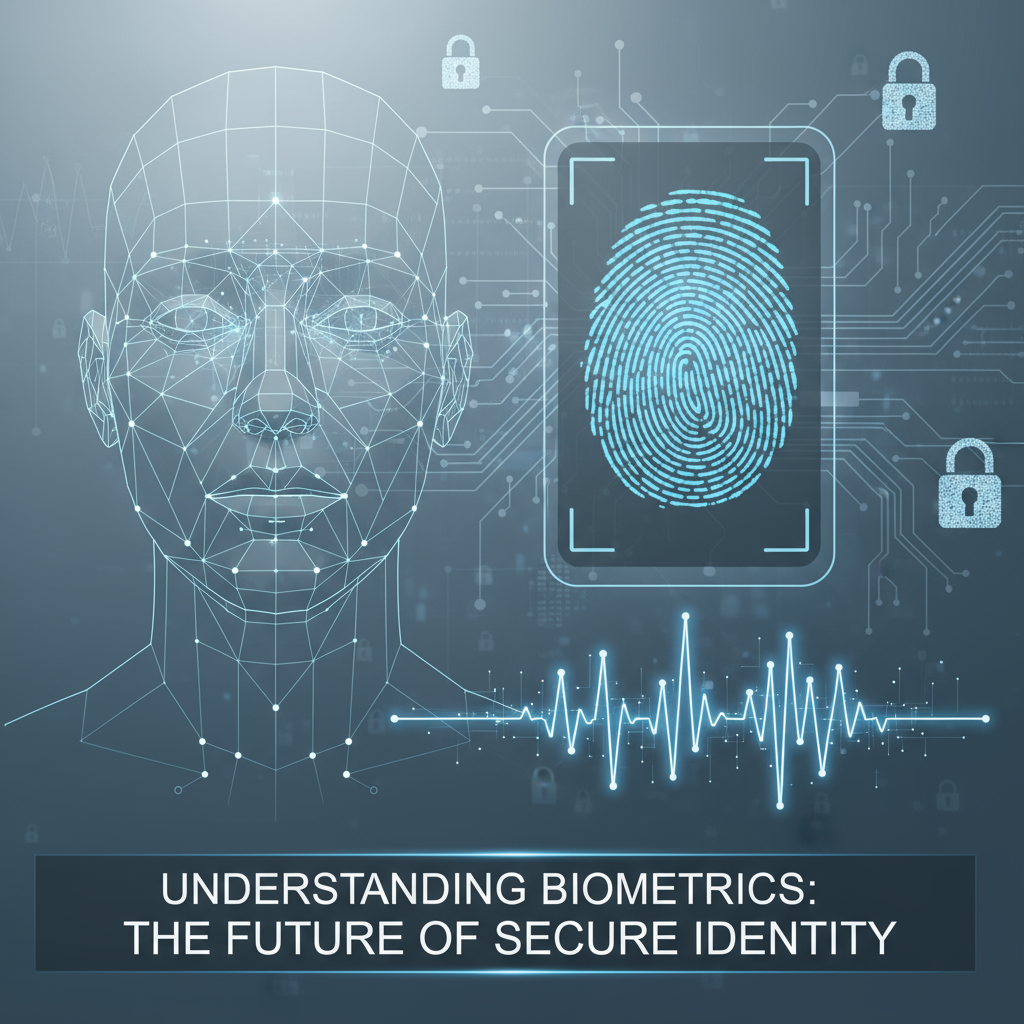Biometric technology has revolutionized identity verification by using unique physical traits to authenticate individuals. When combined with cloud computing, biometrics takes on a new dimension, enabling scalable, cost-effective, and highly secure authentication services accessible to enterprises worldwide. This fusion, often termed Biometrics as a Service (BaaS), empowers organizations to leverage advanced biometric capabilities without the burden of building and managing complex infrastructure.
Understanding Biometrics in the Cloud

Cloud-based biometric systems capture biometric data on user devices and securely transmit it to cloud platforms for processing. Unlike device-only systems such as Apple’s Touch ID or Face ID, cloud biometrics separate data capture and processing, enabling centralized management and enhanced scalability. Common biometric modalities embraced in cloud systems include fingerprint recognition, facial recognition, and iris scanning, chosen for their accuracy and reliability.
Benefits of Cloud-Based Biometrics for Enterprises

Cloud biometrics offer numerous advantages to enterprises:
- Rapid Infrastructure Deployment: Organizations can deploy biometric services quickly without heavy upfront investments in hardware or software.
- Scalability and Affordability: SaaS models allow enterprises to pay for only the resources they use, scaling capabilities based on demand and controlling costs effectively.
- Customization and Integration: Cloud platforms support industry-specific customization, allowing biometric services to seamlessly integrate with existing workflows such as KYC in banking or fraud prevention in retail.
- Enhanced Verification Accuracy and Speed: Advanced algorithms in the cloud improve identity matching speed and reduce errors, boosting operational efficiency.
Security Considerations in Cloud Biometrics

Security is paramount when handling sensitive biometric data in the cloud. Effective protections include:
- Biometric Template Protection: Techniques such as data encryption, salting, and non-invertible transforms ensure biometric templates cannot be reverse-engineered to recreate original biometric traits.
- Data Privacy: Cloud services implement strict controls and compliance with regulations such as GDPR to safeguard user privacy.
- Regulatory Compliance: Enterprises using cloud biometrics must adhere to local and international data protection laws, thereby ensuring ethical and lawful use of biometric information.
Use Cases and Applications
Cloud biometrics enable transformative use cases across industries:
- Banking and Finance: SaaS-based KYC solutions prevent fraud and duplicate accounts by verifying customer identities efficiently and securely.
- Retail: At points of sale, biometric verification prevents fraud in prepaid SIM card purchases and enhances customer trust.
- Travel and Rental Services: Biometric verification streamlines processes such as car rental pickups, replacing physical ID checks with faster, contactless authentication.
- Enterprise Access Control: Organizations deploy cloud biometrics for secure authentication of employees and partners, improving workplace security.
Impact on Users and the Future of Identity Verification
For users, cloud biometrics mean frictionless, faster, and more secure authentication experiences. Physical cards and passwords are being replaced by biometric identifiers that are nearly impossible to duplicate or lose. This shift will streamline everyday activities, from shopping and traveling to accessing sensitive information, creating seamless interactions without compromising security. The future promises continued innovation with biometric cloud services becoming even more accessible to organizations of all sizes.
Challenges and Considerations for Adoption
Despite the significant benefits, enterprises face challenges, including:
- Privacy and Ethical Concerns: Transparent data use policies and user consent are essential to address ethical questions surrounding biometric data.
- Technical Challenges: Ensuring low latency, high availability, and robust security in cloud environments requires skilled technical implementation.
- User Trust and Acceptance: Building confidence in biometric technology and cloud solutions is vital for widespread adoption, necessitating education and communication.
Conclusion
Biometrics in the cloud is transforming enterprise security by offering scalable, affordable, and highly secure identity verification solutions. This technology enables organizations to improve operational efficiency while enhancing user experience and protecting sensitive data. As cloud biometric adoption grows, enterprises must navigate security and ethical considerations to fully realize its transformative potential. Exploring BaaS solutions today can position organizations at the forefront of secure, frictionless identity management for the future.




